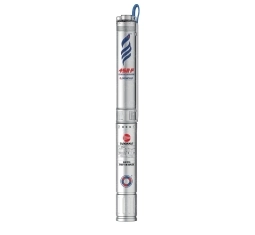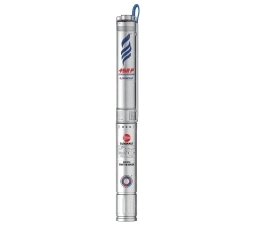Submersible pumps for 190 meters
In the realm of water management, submersible pumps have emerged as indispensable tools for accessing groundwater resources. Among these, the submersible pumps designed for depths of up to 190 meters stand out for their capability to delve into deeper aquifers, unlocking previously untapped water reservoirs. This technological marvel has transformed the landscape of water sourcing, particularly in regions where traditional methods fall short.
What sets these pumps apart is their ability to reach substantial depths with precision and efficiency. Water sources lying 190 meters below the surface were once considered inaccessible, but with advancements in pump technology, they are now within reach. This not only expands the scope of water extraction but also enhances the reliability of water supply systems, catering to diverse needs ranging from municipal water supply to industrial applications.
The design and engineering behind submersible pumps for 190 meters are remarkable. These pumps are built to withstand the immense pressure and challenging conditions encountered at such depths. With durable materials and robust construction, they ensure long-term performance and minimal maintenance requirements, reducing operational costs and enhancing overall system efficiency.
Moreover, these pumps offer unparalleled versatility, capable of adapting to various geological formations and groundwater conditions. Whether deployed in arid regions with sporadic rainfall or areas prone to seasonal fluctuations in water levels, submersible pumps for 190 meters deliver consistent and reliable water supply, ensuring continuity in operations and mitigating the impact of environmental factors.
In agricultural contexts, where access to water is crucial for crop irrigation and livestock farming, these pumps play a pivotal role. By tapping into deep aquifers, they provide a sustainable solution for meeting agricultural water demands, bolstering crop yields and livestock productivity. This not only fosters food security but also promotes economic prosperity in rural communities reliant on agriculture.
Furthermore, submersible pumps for 190 meters are instrumental in addressing water scarcity challenges in urban settings. Rapid urbanization and population growth exert pressure on water resources, necessitating efficient water management strategies. These pumps facilitate the extraction of groundwater from deeper aquifers, supplementing surface water sources and alleviating stress on existing water supply infrastructure.
Innovations in submersible pump technology continue to drive progress in water management and resource utilization. From advancements in energy efficiency to integration with smart monitoring systems, ongoing research and development efforts aim to further enhance the performance and sustainability of these pumps. This underscores their significance in addressing evolving water challenges and ensuring equitable access to this vital resource.
In conclusion, submersible pumps for 190 meters represent a paradigm shift in water management, offering a reliable and sustainable solution for accessing deep groundwater reserves. Their versatility, efficiency, and resilience make them indispensable assets in various sectors, from agriculture to urban water supply. As we navigate the complexities of water resource management in the 21st century, these pumps serve as catalysts for innovation and progress, ushering in a new era of water sustainability and resilience.












